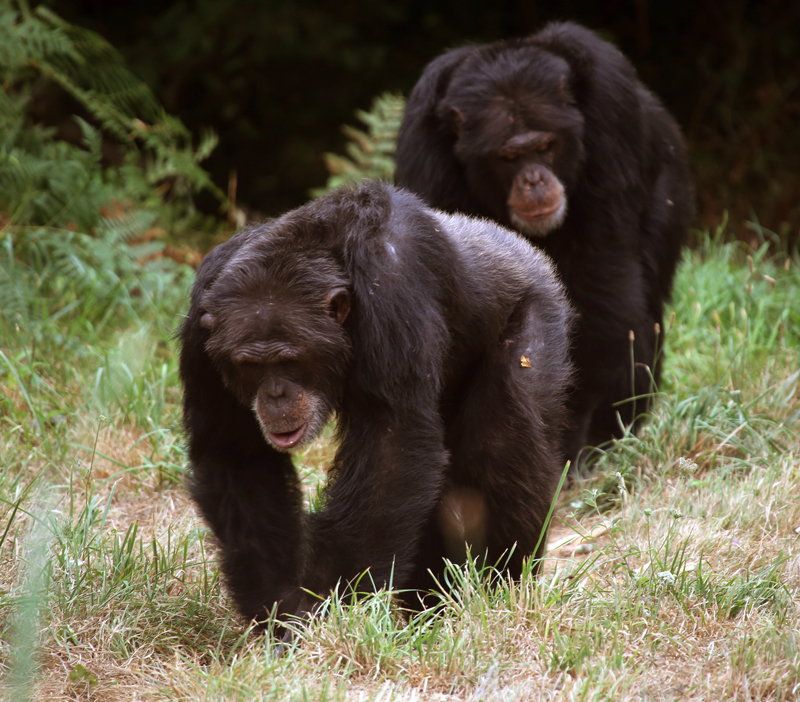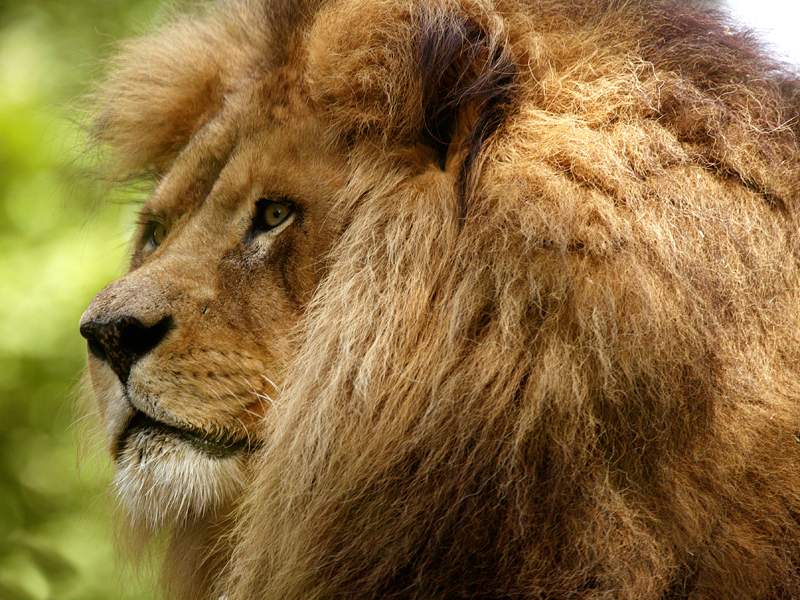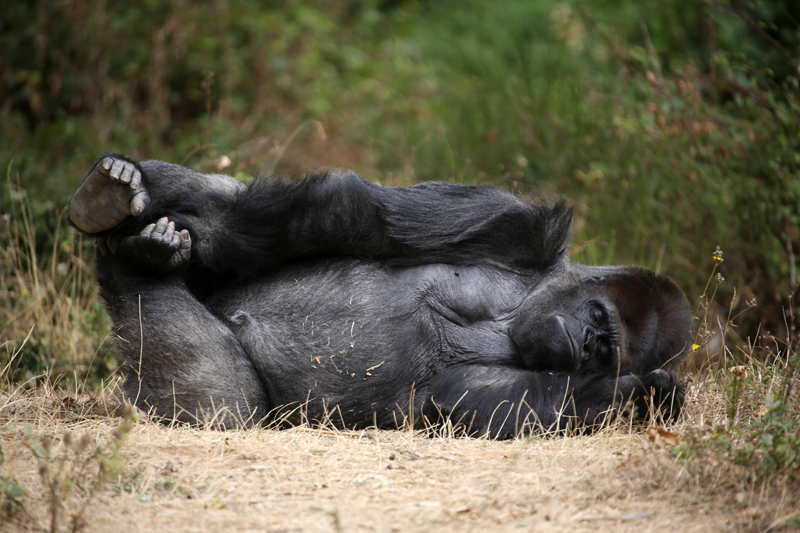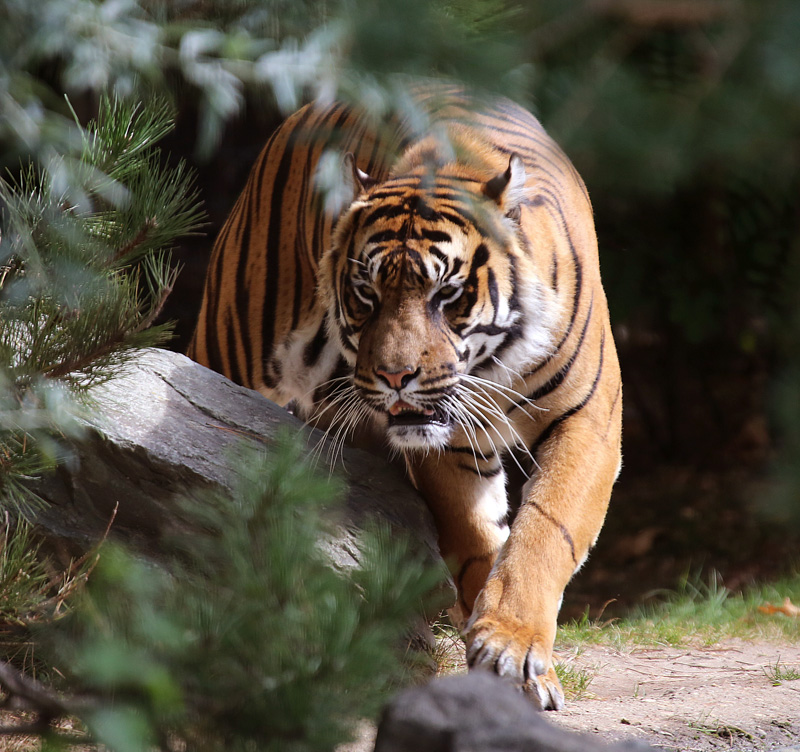
| HOME |
| READING ROOM |
| THRILLER |
| SCI FI |
| HORROR |
| ROMANCE |
| CRIME |
| CONTACT US |
| PHOTOGRAPHY |
So, equipment first of all. All my professional life people have been asking me what is the best camera, only there isn't an easy answer. Two things, what do you want it for and how much do you want to spend. These days many people are happy to store images on a computer and have a digital album, if that is your ideal result then you don't need to spend a fortune striving for ultimate resolution. The other upside of a compact is that the lens will often be small enough to poke through the bars or even mesh on a cage. So, choosing a bridge camera with a powerful zoom will cover all the bases. Only it is often the case that once we begin to get more interesting pictures we want something a little better. Maybe a DSLR isn't to everyone's taste but that it where ultimate quality is found. It is just that there is so much choice it can be confusing. Technical specifications can be misleading. Pick a camera, say a Canon SX60, 16.1 megapixels and a 65x optical zoom at under £400. If we compare that with an 18 megapixel 1200D with an 18-55mm lens at maybe £330 we may be swayed towards the bridge camera, mainly because the DSLR has only a 3x zoom. The thing is the actual sensor size is given as 1/2.3 inch, which sounds impressive because a full frame camera is 24mm x 36mm, approx 1 x 1.5 inches, except it is actually 5.76mm x 4.29mm, 25 square mm. That compares with 864 square mm on a full frame, 329 square mm on the 1200D. Smaller pixels mean more noise, especially in poor light, maybe not that noticeable on a slide show but they will be on a large print. Equipment is about personal choice, a bridge camera is a lot easier to carry around and the SX60 has an equivalent maximum focal length of 1365mm, unreachable with a DSLR. While I am dribbling over the thought of that lens on a DSLR it is worth mentioning that a tripod would probably be necessary, or at least a monopod.

Getting away from the quagmire of initial kit as a professional I have
always used an SLR, although I have a bridge camera in the car at all
times. In that vein an APS-C sensor will get you closer because of the
crop factor but without making a direct comparison between cropping a
full frame and using a APS-C judgement is impossible. Before moving away
from camera choice it is worth noting that you may be able to get away
with paying less by refining your exact requirements. As a Canon user
I could save £1000 by choosing a 6D rather than the awesome 5D mkIII.
The most noticeable difference is in the focussing system, 11 points versus
61, but unless you are looking at rapidly moving subjects it is irrelevant.
There are still hordes of photographers who use manual focus anyway, just
to be sure the image is pin sharp. The 6D also has Wi-fi and GPS tagging,
admittedly you may not use them often but taking photographs of your bird
table with the camera on a tripod from inside the house using your tablet
could be a godsend.
My final words on the subject are simple, as a rule you get what you pay
for but if you spend £5000 on a camera and £60 for a lens
you would be better off with a bridge camera. Always get the best glass
you can afford, you will notice the difference. If you look at fancy optics
costing thousands you will be impressed, only it may not just be your
bank balance that suffers. A 400mm f2.8 weighs in at nearly £8,000
and 3.8 kg, the f5.6 only 1.2kg and £1,000, whereas with a film
camera f2.8 may have been essential, now unless you want to be hyper critical
the only distinct advantage is clarity through the viewfinder and speed
of focussing, they are both L series lenses after all.

Location, location, location, isn't that what estate agents say? Many
people have subject favourites, mine could well be snow leopards though
large primates have more to offer, especially with expression and mannerisms,
not all zoos will have what you want. I imagine every zoo in the country
has a website detailing species and a layout but they may not detail how
easy it is to photograph into the enclosure. There are obvious problems,
wire mesh, dirty glass, obstructions, perhaps even a horrendous background,
not all can be over come so you may end up touring the country a little.
Although dark gloomy settings can sometimes prove atmospheric you need
to be able to see the animal, many are shy and continually sleep out of
sight. Still some difficulties are eliminated more easily than others.
Glass reflections are the easiest. If you are using a small lens it may
be possible to get a flexible rubber hood you can press against the surface,
otherwise placing your lens square onto the glass will solve the problem.
If you need to shoot at an angle, shade the offending area with you hand,
a piece of card or a friend. Scratched or dirty glass is an insurmountable
problem. Wire mesh, especially fine gauge is a right pain unless you can
get the lens through it. A telephoto lens may peer through the opening
if you get close enough, but still pick up a blurred line or two. There
are few ways to truly overcome this, mind you if there is nobody watching
and the animal in question is a fair distance away matt black aerosol
is useful. I didn't tell you that though. It is all about relative distance,
the subject needs to be far enough away to throw the mesh totally out
of focus, only you may get an ugly background if it is near the rear fence.
At least backgrounds can be cleansed with Photoshop. Immovable objects
are, well immovable, you need to move around or have plenty of patience.
Composition is all about personal choice, whether we want to see the animal
in its surroundings, only if we are trying to pretend we are on safari
you don't want to see a wallaby in the background of your Cheetah image.
Obviously the final result will depend on the enclosure, whether you can
isolate inappropriate areas. I consider the greatest mistake in any photography
to be angle of view, if you are looking down on a meerkat you immediately
imagine it is in a cage. Whatever the animal eye level always works best,
obviously difficult with circling vultures but they don't tend to be in
a zoo. If possible you want to create a story line, interest in what the
subject is doing. Chimpanzees often appear to be deep in conversation,
a tiger may be looking at a small child and thinking of lunch. I have
shots of baby meerkats playing, only as they are surrounded by nettles
it can't have been the Kalahari. In the dim and distant past when I had
a 500mm mirror lens the background was often full of doughnuts, I had
never heard the word bokeh! This word has crept out of Japan, bokeh is
the new black after all. It is what the lens does to the out of focus
background only you need to be aware of what is there all the time. There
is not a technical term for the toilet sign coming out of an elephant's
head. Clearly there is a limit to what we can do with the camera, that
is what Photoshop is for after all. As a rule you need to get in tight
and kick the background out of focus, just make sure that enough of the
subject is sharp.

If you type in ‘list of zoos in the UK' into a search engine you
will see just how many there are, far too many to visit in one year.
